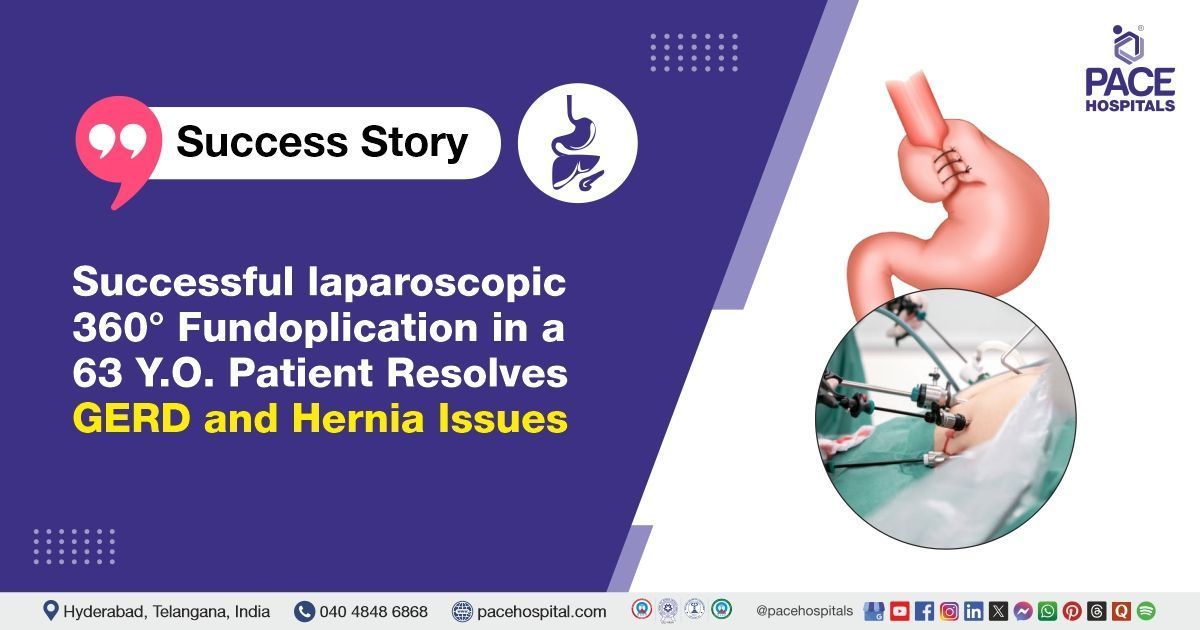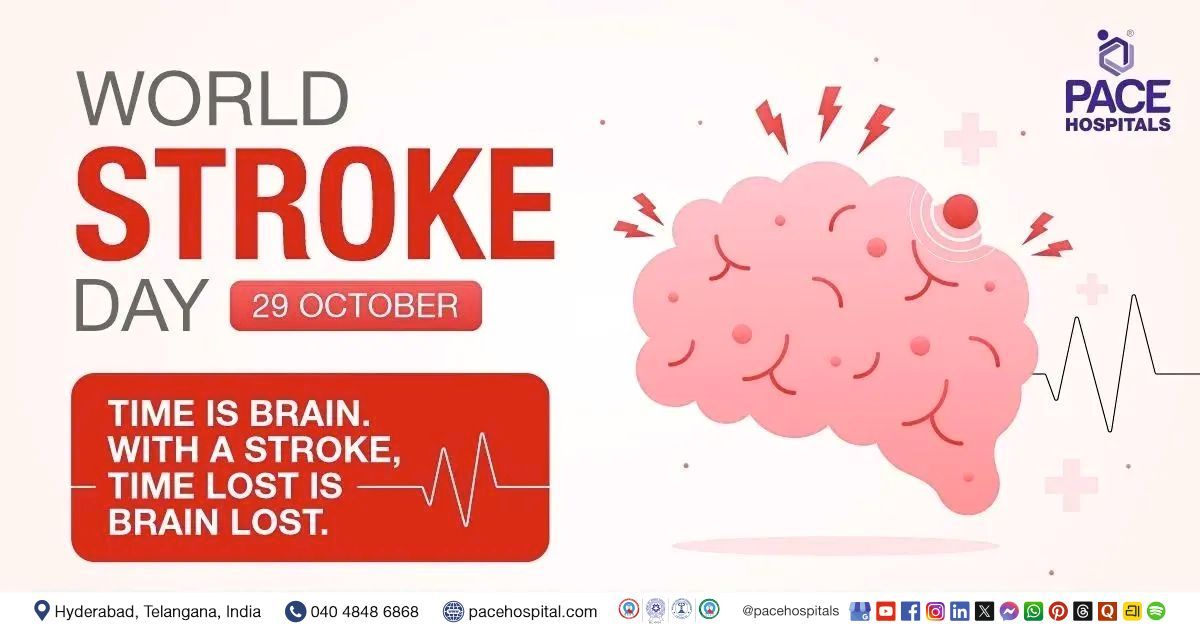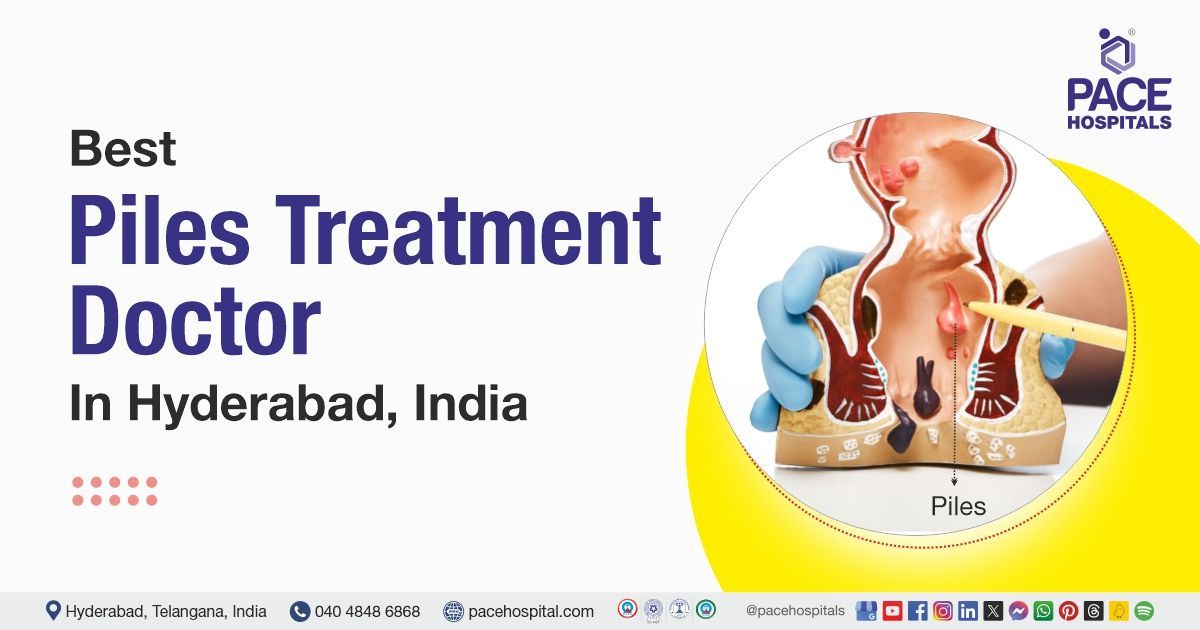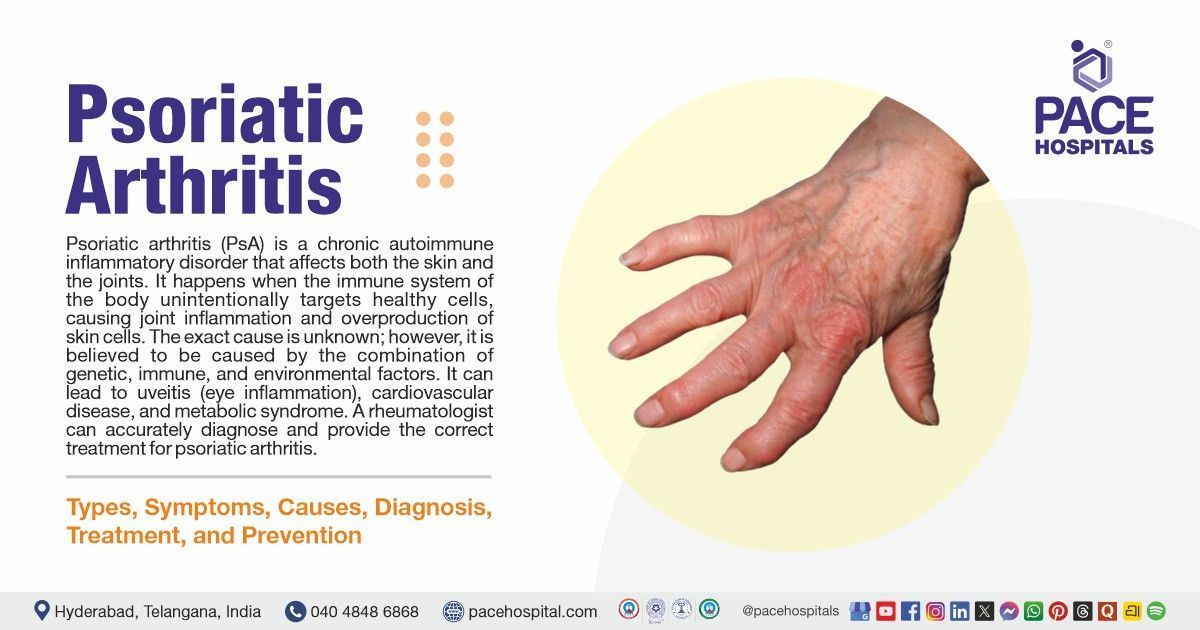Successful Laparoscopic 360° Fundoplication Resolves GERD and Hernia Issues in a 63 Y.O. Patient
PACE Hospitals’ Surgical Gastroenterology team successfully performed Laparoscopic 360° Fundoplication and Laparoscopic Crural repair for a 63-year-old male patient suffering from gastroesophageal reflux disease (GERD), hernia and other comorbidities.
Chief Complaints
A 63-year-old male patient presented to the Gastroenterology Department at
PACE Hospitals, HITEC City, Hyderabad, with complaints of abdominal fullness and discomfort after having food for 6 months along with chest tightness and retrosternal burning sensation (burning sensation in the chest behind the breastbone).
Medical History
The patient had a known medical history of diabetes mellitus, hypertension, and coronary artery disease, for which he underwent coronary artery bypass graft (CABG) surgery in 2021. He is currently on medications to manage these conditions.
Diagnosis
Upon investigation, the patient's Complete Blood Picture (CBP), Renal Function Test (RFT), and
Liver Function Test (LFT) were all within normal limits (WNL). An
upper gastrointestinal endoscopy (UGIE), performed outside, showed signs of hiatus hernia and LA Grade B esophagitis. After a thorough physical examination, along with the patient's chief complaints and diagnostic test results, a diagnosis of
gastroesophageal reflux disease (GERD) with a
hernia was confirmed.
Medical Decision Making (MDM)
After consulting with the interventional and consultant gastroenterologists, Dr. Govind Verma, Dr. M Sudhir, Dr. Padma Priya, along with consultant Dr. Suresh Kumar S, a comprehensive evaluation was conducted to determine the most appropriate course of treatment for the patient. Their combined expertise led to the decision that gastroesophageal reflux disease (GERD) with a hernia would be best treated with Laparoscopic 360° Fundoplication and Laparoscopic Crural Repair.
Surgical procedure
Oesophageal manometry was performed prior to surgery, which showed normal oesophageal motor function and a hiatus hernia. A senior gastroenterology consultation (SGE) was obtained. The patient then underwent laparoscopic fundoplication after a pre-anaesthetic check-up (PAC) and obtaining informed consent.
Fundoplication is a surgical procedure used to treat gastroesophageal reflux disease (GERD) and hiatal hernias by wrapping the top of the stomach around the lower oesophagus. This procedure prevents acid reflux and strengthens the valve between the oesophagus and stomach, thereby reducing symptoms such as heartburn and swallowing difficulties.
Intraoperative Findings
The operation notes indicate that the patient underwent Laparoscopic 360° Fundoplication and laparoscopic Crural Repair. A hiatus hernia was identified, and the lower end of the oesophagus was mobilized. Crural repair was completed, and a loose, floppy 360° wrap was positioned around the lower end of the oesophagus.
Postoperative Care
The surgery proceeded without any complications. The patient was placed under observation during the postoperative period and was managed with intravenous (IV) fluids, antibiotics, proton pump inhibitors (PPIs), and other supportive medications. The patient was discharged with medical advice.
Discharge notes
The patient showed a satisfactory postoperative recovery, and he was stable at discharge.
Discharge Medications
Upon discharge, the patient was prescribed antibiotics, proton pump inhibitors (PPIs), and lactulose. He was also advised to continue his cardiac and antihypertensive medications as prescribed. It is recommended that the patient check his general random blood sugar (GRBS) after one week and resume his diabetic medication accordingly.
Dietary Recommendations
Dietary instructions include a liquid diet for the first 8 days, followed by a semi-solid diet for the next 10 days, as advised.
Emergency Care
The patient’s guardians were informed to seek admission for the patient in the Emergency Ward of the PACE Hospitals, Hyderabad, if they observe symptoms such as fever, abdominal pain, or vomiting.
Review and follow-up notes
The patient was advised to schedule a follow-up appointment with Dr. Govind R. Verma in the OPD after one week.
Importance of Lower oesophageal sphincter
The lower oesophageal sphincter (LES) plays a crucial role in preventing the backflow of stomach contents into the oesophagus. It acts as a valve, maintaining pressure to keep the stomach acid and food from refluxing into the oesophagus. When the LES is weak or relaxed, it can lead to gastroesophageal reflux disease (GERD), causing symptoms like heartburn and acid regurgitation. A properly functioning LES ensures that the oesophagus stays free from damage due to stomach acid. Its role in digestion and protecting the oesophageal lining from irritation makes it an essential component of the digestive system.
Gastroesophageal reflux disease (GERD) is associated with hiatal hernias, which may trigger GERD symptoms. A hiatal hernia weakens the lower esophageal sphincter (LES), allowing stomach acid to flow back into the esophagus, causing symptoms such as heartburn, regurgitation, and chest pain. This affects the normal pressure balance between the stomach and esophagus, making it more difficult for the LES to prevent acid reflux. Patients with hiatal hernia are more likely to develop GERD, which frequently requires surgical intervention such as fundoplication.
Share on
Request an appointment
Fill in the appointment form or call us instantly to book a confirmed appointment with our super specialist at 04048486868











